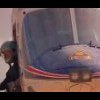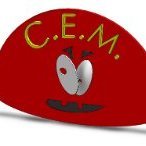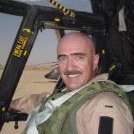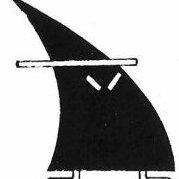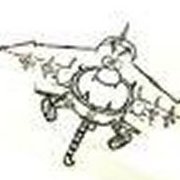
Rob de Bie
Members-
Content Count
1,084 -
Joined
-
Last visited
About Rob de Bie
-
Rank
Full Blown Model Geek

Contact Methods
-
Website URL
http://www.xs4all.nl/~robdebie/
-
ICQ
0
Profile Information
-
Location
The Netherlands
Recent Profile Visitors
14,058 profile views
-
Same here! It helped getting me through the horrible Anigrand kit, with a few hundred pinholes / air bubbles, huge steps in the wing tips, and a horrible cockpit that needed replacement. Rob
-
GW, another belated thanks! I will make a webpage explaining this set, and add it to my website. But that could take a bit. Rob
-
One more question about the fixed unit. Until now I hadn't seen that both long sides have lots of details. The instructions only address one side. The photos that I found of 'the other side' show very few details. So that makes me wonder whether the photos show a different version, or whether Verlinden made up the details on 'the other side' ? I know it's long ago, but I'm hoping someone remembers.. Rob
-
Interesting, I would not have guessed that! Rob
-
Thanks for checking! Thanks too for the details of the electrical cables - you answered a question that I had but forgot to ask 🙂 I had to look again for the grounding wire; good detail! The diorama triggered another question: would the aircraft taxi over the speed bump, or would they be pushed back into their flightline spot? Rob
-
Many thanks again, very helpful information! I made a corrected version of the Verlinden instructions, I hope it summarizes all the information. I found just a single build report that used this set. It looks like the builder understood the Verlinden set well: http://www.arcair.com/Gal16/15201-16300/gal15266-A-4-Rendon/00.shtm Rob
-
Excellent, many thanks again! Every bit of information helps. Rob
-
Many thanks again! I'm finally starting to understand all components now, great! Three more questions if you don't mind: 1. the electrical power junction box that you describe, is that the tilted box on the left side of the speed bump that the instructions show? 2. the instructions and the photos show electrical lines running from the speed bump to the control box. I guess that's purely to make the control box work (among other the red light). Is that correct? 3. the instructions show 'red lights' on the speed bump and on the control unit. Did th
-
Here are two more photos of Part B: Here are two more photos of Part K. In both, the mobile unit is plugged straight into what must be piping under the ramp. Rob
-
Ski, thank you too for your comments and memories! Was it connected to a 'speed bump' fairing at Yuma, or fed in some other way? Rob
-
GW, many thanks for your comments! Did that 'speed bump' (like behind the A-6 photo above) only contain a pressured air and electricity? The Verlinden instructions suggest there was a fuel line too. Or was that always delivered by truck? Rob
-
Thanks, I found that thread too. It's probably a more modern version of the Verlinden equipment. Rob
-
Last year I obtained the 1/72 version of Verlinden's 'NAS flight line equipment'. Here are the contents. I would like to know that the units A, B and K are. I tried this question on Britmodeller, but didn't get very far - maybe the crowd here knows more? Here's unit 'B' in real life. I assume it delivers compressed air for engine starting and 3-phase AC to support the batteries during engine starting. The air hose looks like that used on deck tractors, and there's a large wheel to open the air valve. There's also a 'post box' with a slot in the middle, of which I don't
-
Yes, it's huge! I'm 3/4 down the build of the Anigrand 1/72 model. Rob
-
Anyone find a non-crazing - fogging plastic putty?
Rob de Bie replied to Whirlybird's topic in Tools 'n' Tips
Any two-component epoxy putty will do the job. Milliput, Apoxie, Tamiya, etc. Even better, you can smooth it with a wet finger (or similar), and remove the excess too that way. Rob


